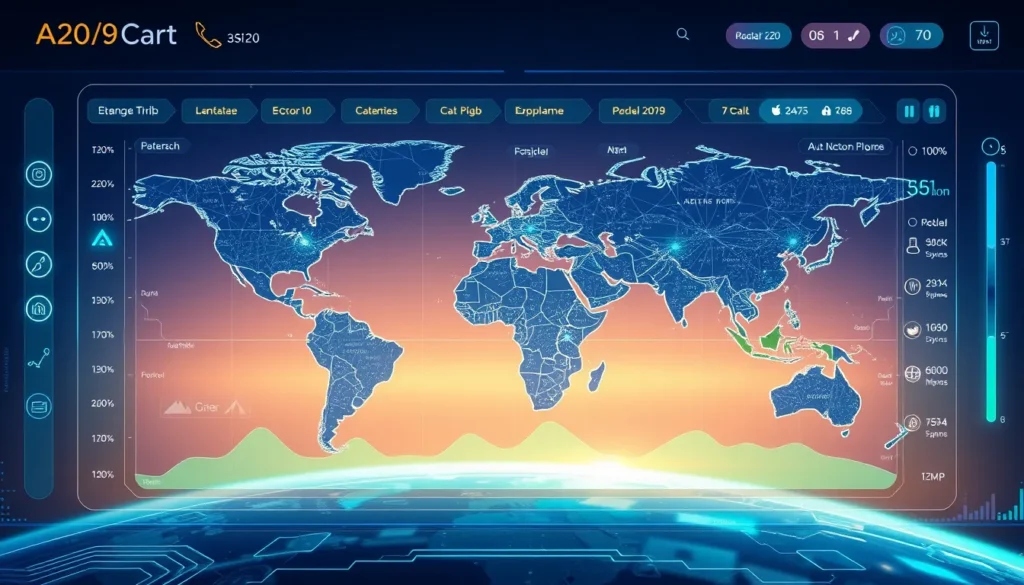Now Reading: AI in Journalism: ChatGPT Summaries & OpenAI Integration
-
01
AI in Journalism: ChatGPT Summaries & OpenAI Integration
AI in Journalism: ChatGPT Summaries & OpenAI Integration

AI in Journalism: ChatGPT Summaries & OpenAI Integration
In today’s rapidly evolving media landscape, the integration of artificial intelligence (AI) in journalism is transforming news delivery and reader engagement. With the emergence of AI technologies such as ChatGPT, traditional news organizations are innovating to create summaries, streamline content delivery, and enhance user experiences. In this article, we explore the various aspects of AI in journalism, focusing on how AI improves news summarization, the challenges it faces, and what the future holds for digital transformation in media.
The Growing Impact of AI in Journalism
Over the past few years, AI in journalism has gained momentum. News organizations like The Washington Post have embraced AI-driven tools to generate concise summaries, allowing readers to quickly grasp the essentials of lengthy articles. This development is part of a broader digital transformation in media, where technological advancements are increasingly leveraged to meet the demands of modern audiences.
The emergence of an OpenAI partnership has played a crucial role in this shift. By collaborating with AI leaders such as OpenAI, news outlets have been able to integrate tools that not only condense information effectively but also uphold the integrity of journalistic standards. The collaboration between The Washington Post and OpenAI stands as a prime example, demonstrating the potential benefits of AI in journalism when implemented with careful oversight and rigorous quality checks.
How AI Improves News Summarization
One of the major advantages of integrating AI in journalism is the ability to substantially improve news summarization. By using advanced algorithms, platforms powered by ChatGPT can sift through vast amounts of text, identify key themes, and produce summaries that are both concise and informative. Here are some key benefits:
- Enhanced Readability: AI-generated summaries break down complex articles into digestible pieces, making news more accessible to a wider audience.
- Time Efficiency: Readers no longer need to parse through lengthy articles to find relevant information; AI in journalism ensures that essential details are quickly presented.
- Scalability: With the constant influx of news stories, AI summarization tools can handle large volumes of content without compromising quality.
These benefits directly address one of the long-tail keywords, ‘how AI improves news summarization,’ showcasing the practical application of AI in delivering timely and succinct content without sacrificing depth or accuracy.
Challenges of AI in Journalism
Despite its many benefits, the integration of AI in journalism is not without challenges. One major concern is ensuring that important details and subtleties are not lost during the summarization process. Maintaining the balance between brevity and comprehensiveness is crucial for preserving the investigative quality and nuance of traditional journalism.
- Preservation of Context: AI summarization tools must be precisely tuned to capture the context and nuances of a story, ensuring that no key information is omitted.
- Editorial Integrity: As AI-driven content becomes more prevalent, there is an ongoing debate about the role of human oversight in the editorial process. Many experts argue that while AI in journalism offers efficiency, it should complement rather than replace human judgment.
- Quality Assurance: Regular monitoring and rigorous testing are essential to ensure that AI-generated summaries meet the high standards of traditional news reporting.
Digital Transformation in Media
The implementation of AI tools reflects a broader digital transformation in media—a trend significantly impacting how content is generated, distributed, and consumed. As news organizations continue to adapt to the digital age, partnerships like the one between The Washington Post and OpenAI are becoming more common. This transformation facilitates a more personalized news experience and opens up possibilities for the future.
Key strategies to embrace this digital shift include:
- Investing in advanced AI and machine learning tools to support content creation.
- Training journalists to work alongside technology, ensuring that human expertise and technology coalesce effectively.
- Enhancing user interfaces and mobile platforms to deliver AI-optimized content to a tech-savvy audience.
These measures support the secondary keywords such as ‘OpenAI partnership’ and ‘digital transformation in media,’ making it clear that the evolution of news is not just about technology but about leveraging it to improve overall media quality.
Future Prospects and Conclusion
Looking ahead, the future of AI in journalism is promising. By integrating ChatGPT summarization for media, news organizations can tailor their content to different audience segments while ensuring rapid and reliable access to news. This innovation is expected to shape a new era where technology and editorial expertise work in tandem to create a more informed public.
In conclusion, the integration of AI in journalism marks a significant milestone in the digital transformation of media. With AI-driven tools improving news summarization and strategies addressing challenges head-on, the future of news appears more dynamic and accessible than ever before. The partnership between The Washington Post and OpenAI serves as a blueprint, demonstrating that with the right balance, AI can revolutionize journalism by enhancing reader engagement and streamlining content delivery.
For further insights and updates on this technological evolution in media, continue following developments from leading news sources and explore more about OpenAI. By embracing these innovations, the news industry is well-positioned to meet the fast-paced demands of today’s digital consumers, ensuring a future where accurate, concise, and engaging news is available at the click of a button.
Ultimately, AI in journalism stands as a testament to how technology can drive meaningful change, offering benefits that extend beyond mere speed and efficiency. It provides an opportunity to reimagine how news is presented and experienced, paving the way for more dynamic and reader-centric media in the years to come.

























